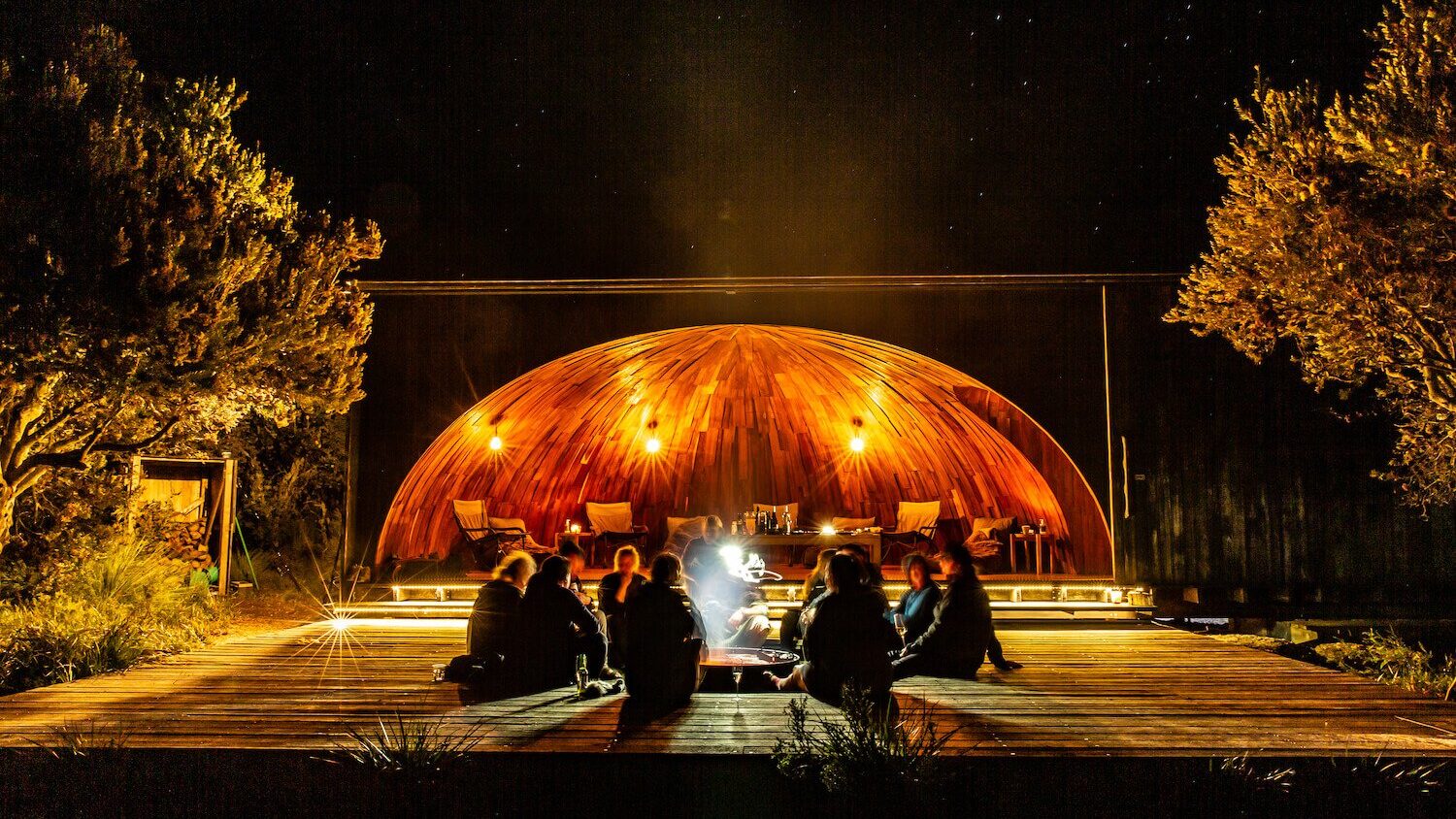Designing with Country blog series #4 of 5
In the fourth instalment of our blog series, we examined the transformative impact of “Two-Way Learning and Sharing” in Designing with Country. Now, we discuss Autonomy in Design, a philosophy that enables Aboriginal communities to participate actively in the design process. Designers can create environments that accurately reflect the community’s requirements, values, and aspirations by respecting their autonomy and allowing their voices to shape the spaces they inhabit.
Autonomy in design acknowledges the autonomy and sovereignty of Indigenous communities. It involves genuine collaboration that enables communities to take possession of the design process, as opposed to mere lip service. This strategy empowers individuals and fosters a sense of identity and pride in the spaces they co-create.
Community participation in the decision-making procedure is the initial step in embracing design autonomy. Designers should pay attention to their desires, comprehend their priorities, and include their cultural values in the design brief.
Designers must approach the design process with a desire to learn from holders of traditional knowledge. By incorporating traditional ecological knowledge, cultural practises, and land management strategies, designers can create spaces that are both sustainable and profoundly rooted in Aboriginal culture.
Case Study: The Wukalina Walk Cultural Tourism Experience in Tasmania, Australia:
The Wukalina Walk is a cultural tourism experience designed in collaboration with the local Aboriginal community. The project, which includes guided walks and eco-cabins, respects the community’s values and showcases their cultural heritage. By empowering the community to share their stories and insights, the Wukalina Walk provides an authentic and transformative experience for visitors.

Promotion of local talents and employment opportunities is also required for design autonomy. By utilising local artisans, craftspeople, and builders, initiatives can contribute to the economic growth and long-term viability of the community.
Autonomy in design encourages designers to consider the lasting community effects of their initiatives. By designing spaces that can accommodate shifting requirements and aspirations, designers ensure that their work will continue to be relevant and beneficial for future generations.
Architects and designers play a vital role in facilitating design autonomy. They must guide the design process in a manner that empowers the community and ensures their voices are heard, acting as allies, advocates, and facilitators.
Next, we we look at how empowering communities will shape our future and provide a sustainable legacy.
* ends *
At YarnnUp, we offer a wide range of resources and programs to provide organisations with a holistic and comprehensive approach to their reconciliation journey including Design Principles in Construction.
Want to know more? Our contact details can be found here when you’d like to have a yarn.



